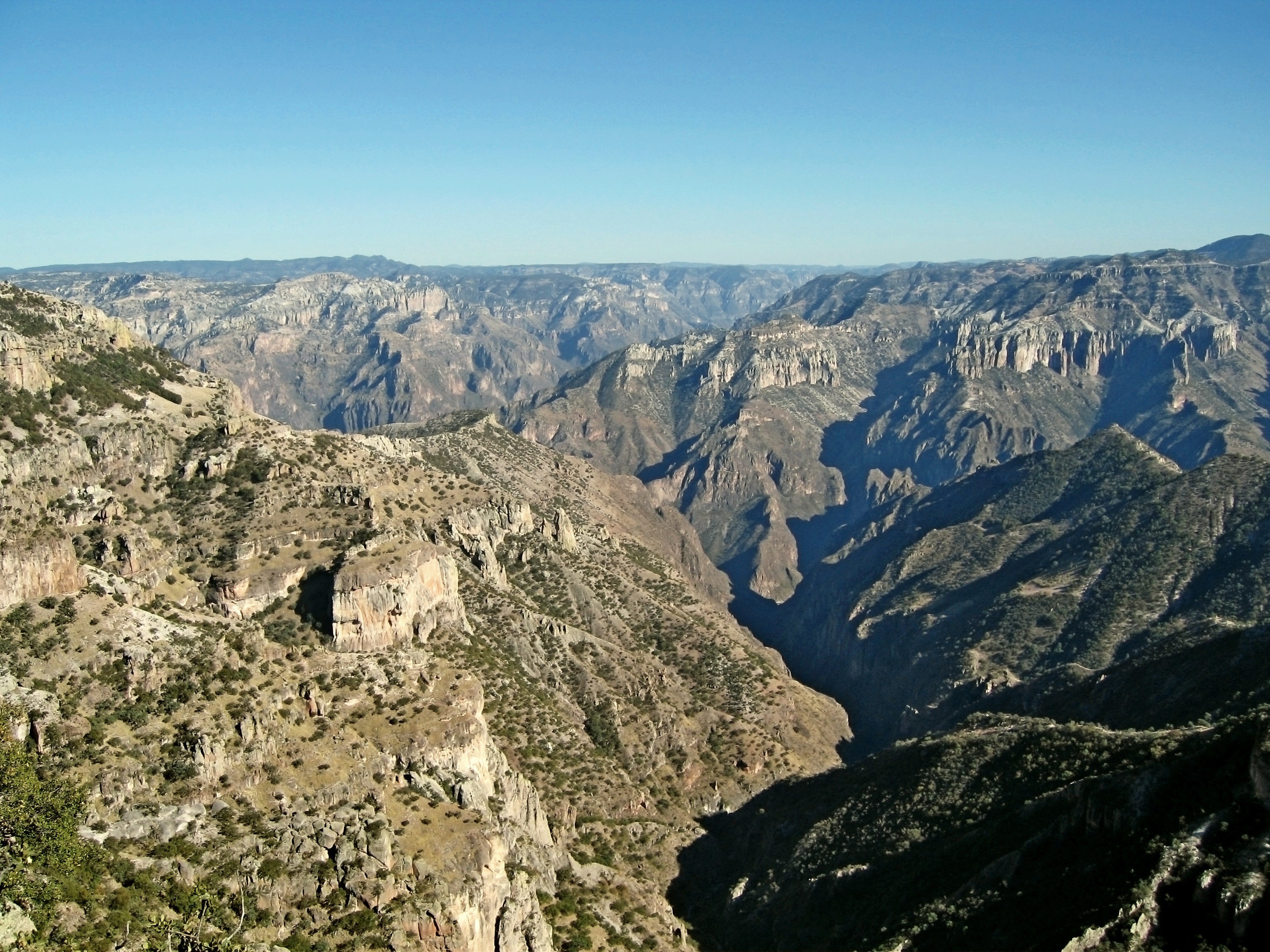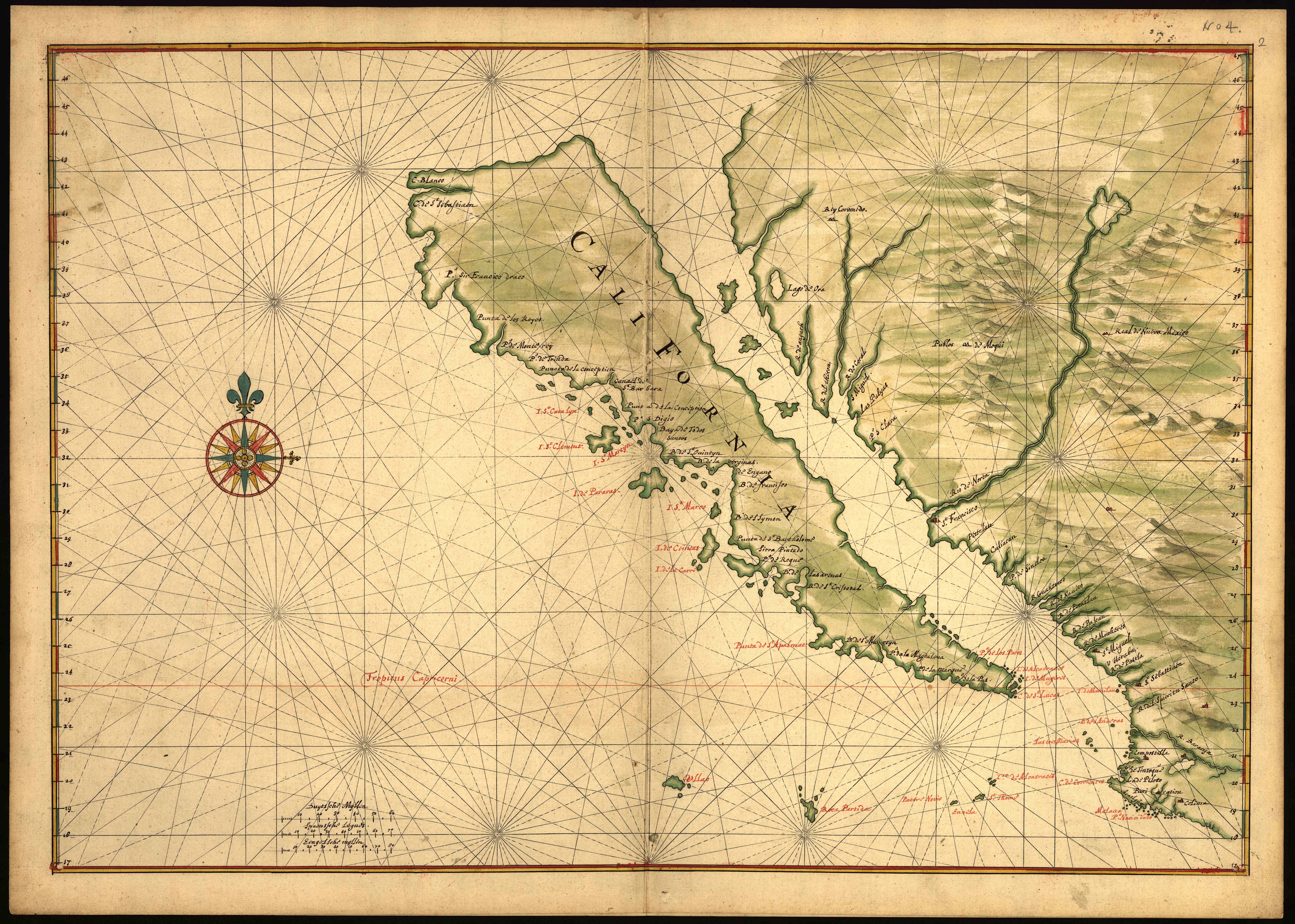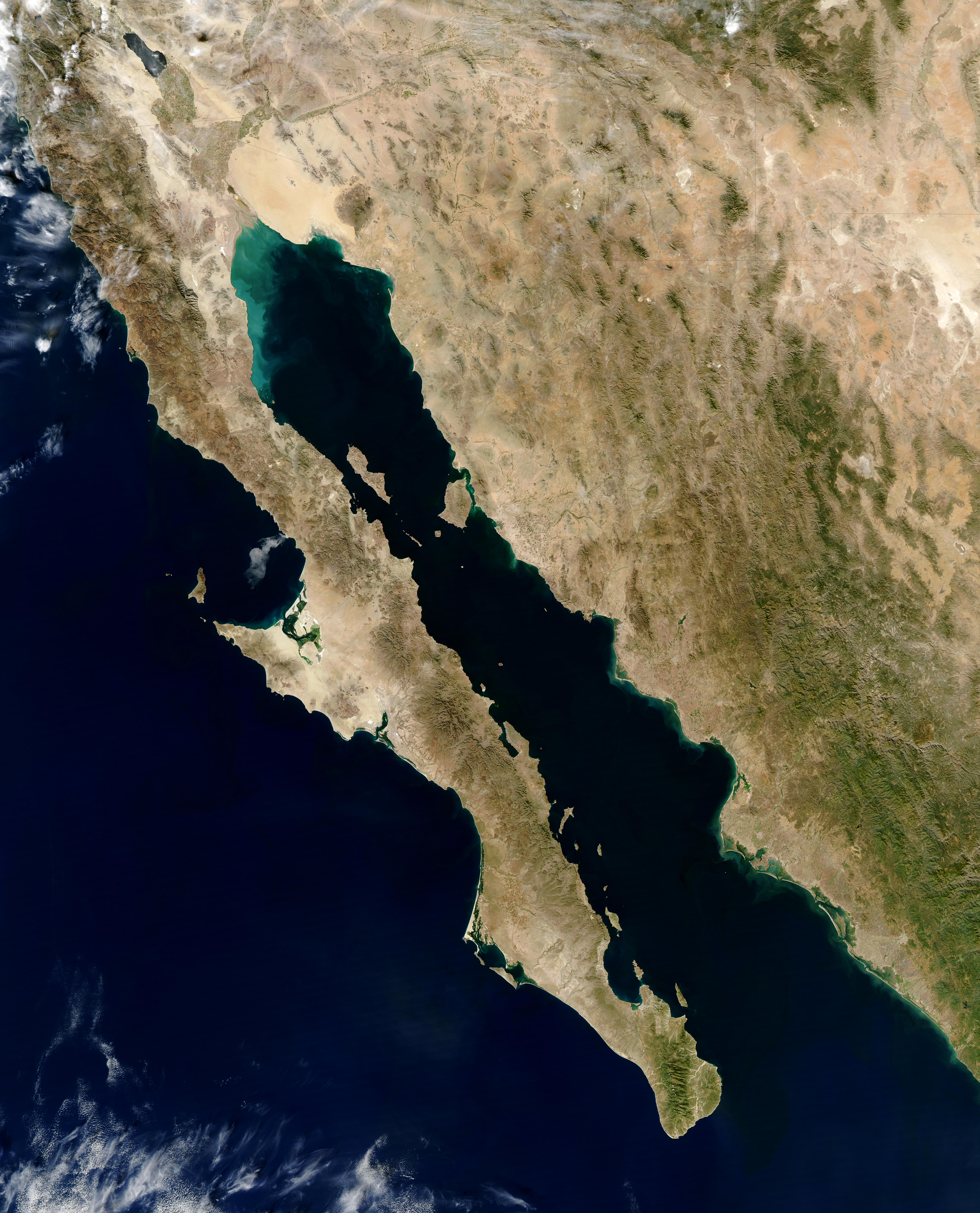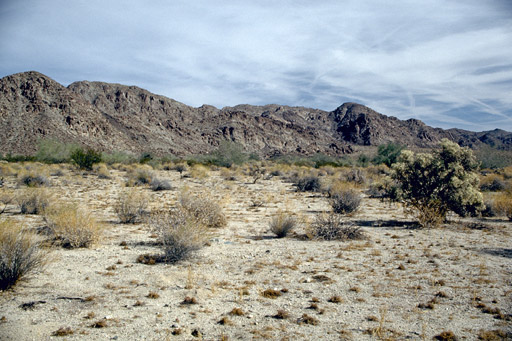|
Olneya
''Olneya tesota'' is a perennial flowering tree of the family Fabaceae, legumes (peas, beans, etc.), which is commonly known as ironwood, desert ironwood, or palo fierro in Spanish. It is the only species in the monotypic genus ''Olneya''. This tree is part of the western Sonoran Desert in Mexico and United States. Description The desert ironwood grows as a bush or tree, reaching heights of about and average trunk diameters of about . Exceptionally, in larger protected washes it can reach greater height and a more massive trunk. In younger trees, the bark is gray, shiny, and smooth; in older trees the bark is broken open. The tree is evergreen, but can lose its leaves if temperatures fall below . In continual drought conditions the leaves will be lost. The leaves are bluish-green and pinnately compound. They are arranged on a petiole, long, with 6–9 leaflets (or variously up to 15, with 7 opposite and one terminal), each measuring . At the base of each pinnate leaf petio ... [...More Info...] [...Related Items...] OR: [Wikipedia] [Google] [Baidu] |
Stephen Thayer Olney
Stephen Thayer Olney (February 15, 1812 – July 27, 1878) was an American manufacturer and botanist with expertise in the genus ''Carex''. He issued the exsiccata ''Carices Boreali-Americanae ex coll. variorum, distribuit S. T. Olney anno 1870''. The monotypic plant genus ''Olneya'' (''Olneya tesota'', desert ironwood) was named in his honor by his friend and fellow botanist Asa Gray. References Botanists active in North America 19th-century American botanists 1812 births 1878 deaths {{US-botanist-stub ... [...More Info...] [...Related Items...] OR: [Wikipedia] [Google] [Baidu] |
Ironwood
Ironwood is a common name for many woods that have a reputation for hardness, or specifically a wood density that is denser than water (approximately 1000 kg/m3, or 62 pounds per cubic foot), although usage of the name ironwood in English may or may not indicate a tree that yields such heavy wood. Some of the species with their common name * '' Acacia aulacocarpa'' (Brush ironwood) * '' Acacia estrophiolata'' (Southern ironwood), central Australia * '' Acacia excelsa'' (Ironwood) * '' Acacia melanoxylon'' (Ironwood) * '' Acacia stenophylla'' (Ironwood), Australia * '' Aegiphila martinicensis'' (Ironwood) * '' Afzelia africana'' (Ironwood) * '' Androstachys johnsonii'' (Lebombo ironwood), southeastern Africa and Madagascar * '' Allagoptera caudescens'', ''Borassus flabellifer'', '' Caryota urens'', '' Iriartea deltoidea'' Black Palm, Palmira wood (Black ironwood) * '' Argania spinosa'' (Morocco ironwood, Thorny, Prickly ironwood) * '' Astronium fraxinifolium'', '' Astron ... [...More Info...] [...Related Items...] OR: [Wikipedia] [Google] [Baidu] |
Sonoran Desert
The Sonoran Desert () is a hot desert and ecoregion in North America that covers the northwestern Mexican states of Sonora, Baja California, and Baja California Sur, as well as part of the Southwestern United States (in Arizona and California). It is the hottest desert in Mexico. It has an area of . In phytogeography, the Sonoran Desert is within the Sonoran floristic province of the Madrean region of southwestern North America, part of the Holarctic realm of the northern Western Hemisphere. The desert contains a variety of unique endemic plants and animals, notably, the saguaro (''Carnegiea gigantea'') and organ pipe cactus (''Stenocereus thurberi''). The Sonoran Desert is clearly distinct from nearby deserts (e.g., the Great Basin, Mojave, and Chihuahuan deserts) because it provides subtropical warmth in winter and two seasons of rainfall (in contrast, for example, to the Mojave's dry summers and cold winters). This creates an extreme contrast between aridity and moistur ... [...More Info...] [...Related Items...] OR: [Wikipedia] [Google] [Baidu] |
Sonora
Sonora (), officially Estado Libre y Soberano de Sonora (), is one of the 31 states which, along with Mexico City, comprise the Administrative divisions of Mexico, Federal Entities of Mexico. The state is divided into Municipalities of Sonora, 72 municipalities; the capital (and largest) city of which is Hermosillo, located in the center of the state. Other large cities include Ciudad Obregón, Nogales, Sonora, Nogales (on the Mexico–United States border, Mexico-United States border), San Luis Río Colorado, and Navojoa. Sonora is bordered by the states of Chihuahua (state), Chihuahua to the east, Baja California to the west (of the north portion) and Sinaloa to the southeast. To the north, it shares a border with the United States, and on the southwest has a significant share of the coastline of the Gulf of California. Sonora's natural geography is divided into three parts: the Sierra Madre Occidental in the east of the state; plains and rolling hills in the center; and the co ... [...More Info...] [...Related Items...] OR: [Wikipedia] [Google] [Baidu] |
Asa Gray
Asa Gray (November 18, 1810 – January 30, 1888) is considered the most important American botany, botanist of the 19th century. His ''Darwiniana'' (1876) was considered an important explanation of how religion and science were not necessarily mutually exclusive. Gray was adamant that a genetic connection must exist between all members of a species. He was also strongly opposed to the ideas of hybridization within one generation and special creation in the sense of its not allowing for evolution. He was a strong supporter of Darwin, although Gray's theistic evolution was guided by a Creator. As a professor of botany at Harvard University for several decades, Gray regularly visited, and corresponded with, many of the leading natural scientists of the era, including Charles Darwin, who held great regard for him. Gray made several trips to Europe to collaborate with leading European scientists of the era, as well as trips to the southern and western United States. He also built a ... [...More Info...] [...Related Items...] OR: [Wikipedia] [Google] [Baidu] |
Sierra Madre Occidental
The Sierra Madre Occidental is a major mountain range system of the North American Cordillera, that runs northwest–southeast through northwestern and western Mexico, and along the Gulf of California. The Sierra Madre is part of the American Cordillera, a chain of mountain ranges (cordillera) that consist of an almost continuous sequence that form the western "sounds" of North America, Central America, South America, and West Antarctica. Etymology The Spanish name ''sierra madre'' means "mother mountain range" in English, and ''occidental'' means "western", these thus being the "Western mother mountain range". To the east, from the Spanish ''oriental'' meaning "eastern" in English, the Sierra Madre Oriental range or "Eastern mother mountain range" runs generally parallel to the Sierra Madre Occidental along eastern Mexico and the Gulf of Mexico. The range extends from northern Sonora, a state near the Mexico–U.S. border at Arizona, southeast towards to the Trans-Mexican V ... [...More Info...] [...Related Items...] OR: [Wikipedia] [Google] [Baidu] |
Baja California Sur
Baja California Sur, officially the Free and Sovereign State of Baja California Sur, is a state in Mexico. It is the 31st and last state to be admitted, in 1974. It is also the second least populated Mexican state and the ninth-largest state by area. Before becoming a state on 8 October 1974, the area was known as the ''El Territorio Sur de Baja California'' ("South Territory of Lower California"). It has an area of , or 3.57% of the land mass of Mexico, and occupies the southern half of the Baja California Peninsula, south of the 28th parallel north, 28th parallel, plus the uninhabited Rocas Alijos in the Pacific Ocean. It is bordered to the north by the state of Baja California, to the west by the Pacific Ocean, and to the east by the Gulf of California. The state has maritime borders with Sonora and Sinaloa to the east, across the Gulf of California. The state is home to the tourist resorts of Cabo San Lucas and San José del Cabo. Its largest city and capital is La Paz, Baja ... [...More Info...] [...Related Items...] OR: [Wikipedia] [Google] [Baidu] |
Baja California
Baja California, officially the Free and Sovereign State of Baja California, is a state in Mexico. It is the northwesternmost of the 32 federal entities of Mexico. Before becoming a state in 1952, the area was known as the North Territory of Baja California (). It has an area of (3.57% of the land mass of Mexico) and comprises the northern half of the Baja California peninsula, north of the 28th parallel, plus oceanic Guadalupe Island. The mainland portion of the state is bordered on the west by the Pacific Ocean; on the east by Sonora, the United States on the north and on the south by Baja California Sur. The state has an estimated population of 3,769,020 as of 2020, significantly higher than the sparsely populated Baja California Sur to the south, and similar to San Diego County, California, and Imperial County, California, to its north. Over 75% of the population lives in Mexicali (the state's capital city), Ensenada, or Tijuana (the state's largest city). Other impo ... [...More Info...] [...Related Items...] OR: [Wikipedia] [Google] [Baidu] |
Gulf Of California
The Gulf of California (), also known as the Sea of Cortés (''Mar de Cortés'') or Sea of Cortez, or less commonly as the Vermilion Sea (''Mar Vermejo''), is a marginal sea of the Pacific Ocean that separates the Baja California peninsula from the Mexico, Mexican mainland. It is bordered by the states of Baja California, Baja California Sur, Sonora, and Sinaloa with a coastline of approximately . Rivers that flow into the Gulf of California include the Colorado River, Colorado, Fuerte River, Fuerte, Mayo River (Mexico), Mayo, Sinaloa River, Sinaloa, Sonora River, Sonora, and the Yaqui River, Yaqui. The surface of the gulf is about . Maximum depths exceed because of the complex geology, linked to plate tectonics. The gulf is thought to be one of the most diverse seas on Earth and is home to more than 5,000 species of micro-invertebrates. Parts of the Gulf of California are a UNESCO World Heritage Site. Geography History The marine expeditions of Fortún Ximénez, Hernán Cort� ... [...More Info...] [...Related Items...] OR: [Wikipedia] [Google] [Baidu] |
Colorado Desert
The Colorado Desert is a part of the larger Sonoran Desert located in California, United States, and Baja California, Mexico. It encompasses approximately , including the heavily irrigated Coachella, Imperial and Mexicali valleys. It is home to many unique flora and fauna. Geography and geology The Colorado Desert is a subregion of the larger Sonoran Desert, covering about . The desert occupies Imperial County, parts of San Diego and Riverside counties, and a small part of San Bernardino County in California, United States, as well as the northern part of Mexicali Municipality in Baja California, Mexico. Most of the Colorado Desert lies at a relatively low elevation, below , with the lowest point of the desert floor at below sea level, at the Salton Sea. Although the highest peaks of the Peninsular Ranges reach elevations of nearly , most of the region's mountains do not exceed . In this region, the geology is dominated by the transition of the tectonic plate boundary fr ... [...More Info...] [...Related Items...] OR: [Wikipedia] [Google] [Baidu] |
Sinaloa
Sinaloa (), officially the (), is one of the 31 states which, along with Mexico City, compose the Federal Entities of Mexico. It is divided into 18 municipalities, and its capital city is Culiacán Rosales. It is located in northwest Mexico and is bordered by the states of Sonora Sonora (), officially Estado Libre y Soberano de Sonora (), is one of the 31 states which, along with Mexico City, comprise the Administrative divisions of Mexico, Federal Entities of Mexico. The state is divided into Municipalities of Sonora, 72 ... to the northwest, Chihuahua (state), Chihuahua to the north and Durango to the east, both across the Sierra Madre Occidental; and Nayarit to the southeast. To the west, Sinaloa faces Baja California Sur, across the Gulf of California. The state covers an area of and includes the islands of Palmito Verde, Palmito de la Virgen, Altamura, Santa María, Saliaca, Macapule, and San Ignacio. In addition to the capital city, the state's important cities inc ... [...More Info...] [...Related Items...] OR: [Wikipedia] [Google] [Baidu] |
Southwestern United States
The Southwestern United States, also known as the American Southwest or simply the Southwest, is a geographic and cultural list of regions of the United States, region of the United States that includes Arizona and New Mexico, along with adjacent portions of California, Colorado, Nevada, Oklahoma, Texas, and Utah. The largest cities by List of metropolitan statistical areas, metropolitan area are Phoenix, Arizona, Phoenix, Las Vegas, El Paso, Texas, El Paso, Albuquerque, and Tucson, Arizona, Tucson. Before 1848, in the historical region of Santa Fe de Nuevo México as well as parts of Alta California and Coahuila y Tejas, settlement was almost non-existent outside of New Mexico's pueblos and Santa Fe de Nuevo México#Regions and municipalities, Spanish or Mexican municipalities. Much of the area had been a part of New Spain and Mexico until the United States acquired the area through the Treaty of Guadalupe Hidalgo in 1848 and the smaller Gadsden Purchase in 1854. While the regio ... [...More Info...] [...Related Items...] OR: [Wikipedia] [Google] [Baidu] |






